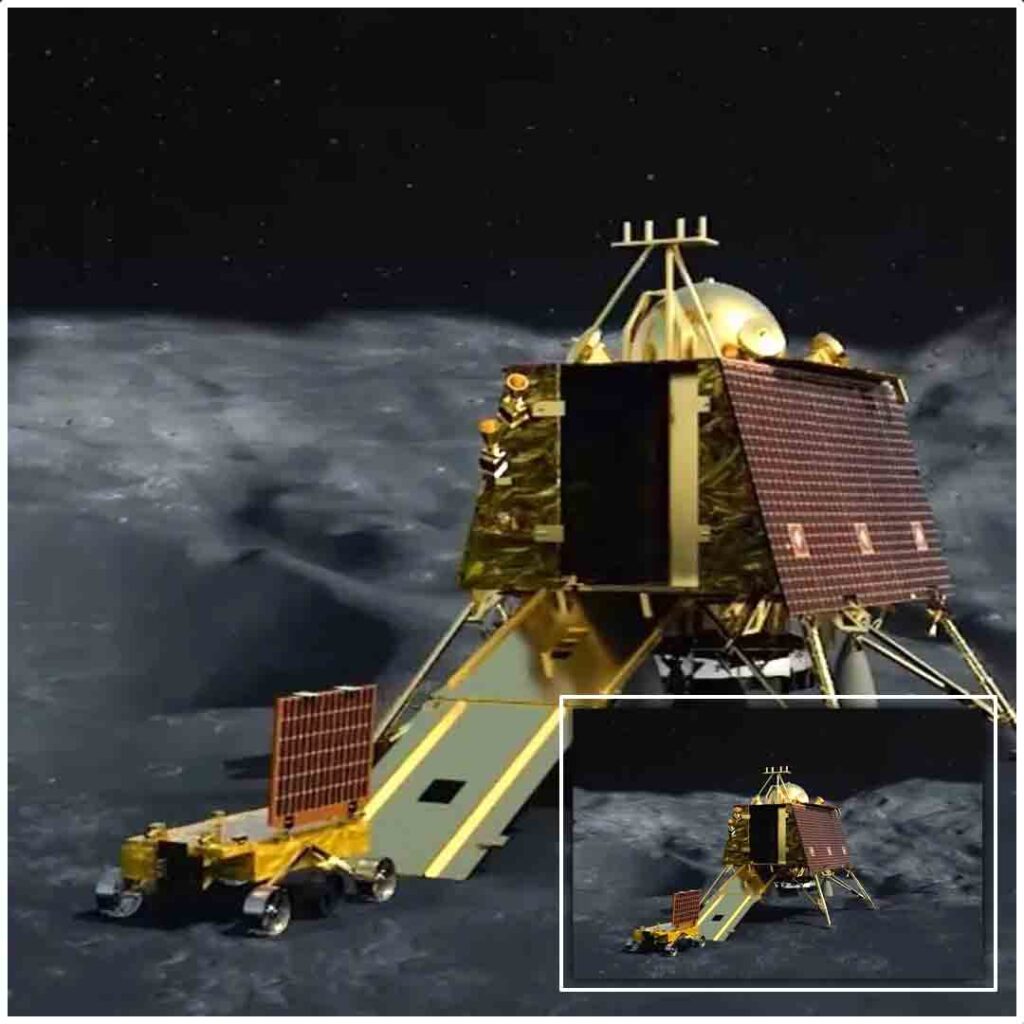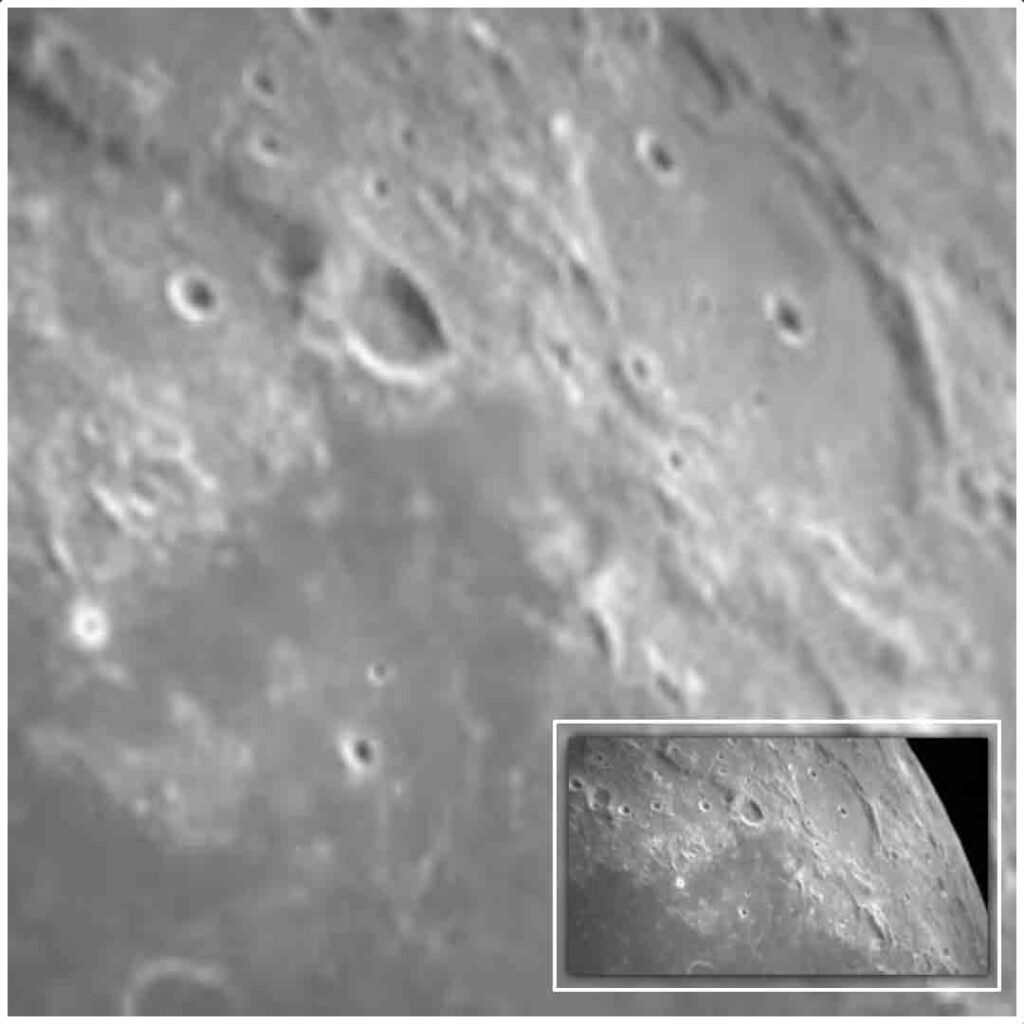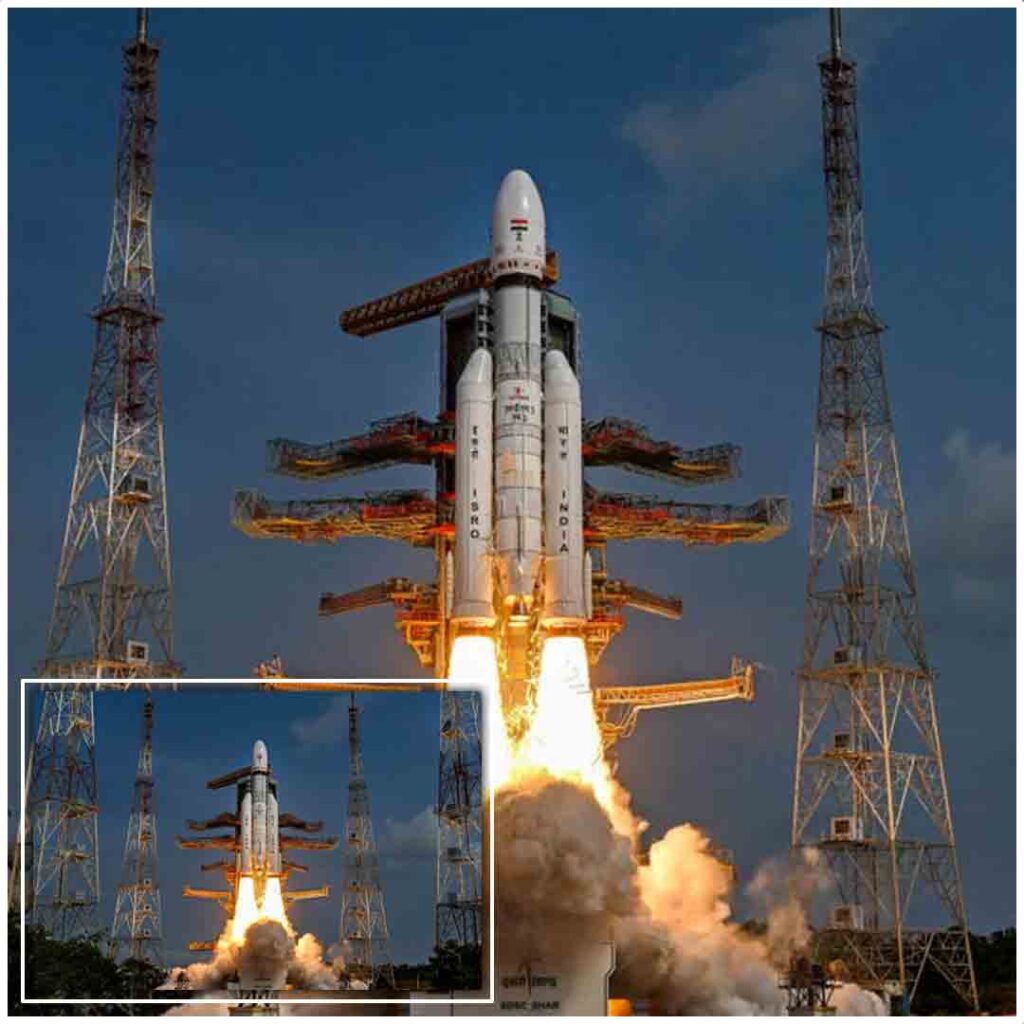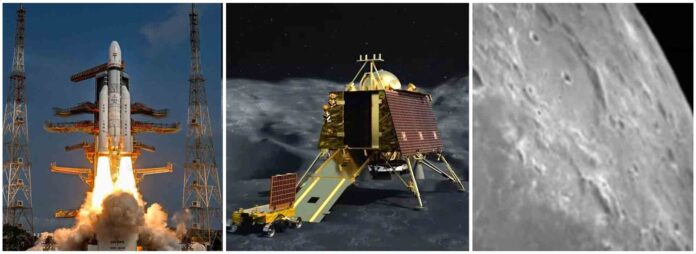India’s Chandrayaan-3 lunar mission has made some remarkable discoveries and achievements in its ongoing exploration of the Moon’s south polar region. The Indian Space Research Organisation (ISRO) has shared the latest updates from the mission on its social media platform, which include the detection of a natural event on the Moon, the capture of new images of the lunar surface, and the successful completion of several scientific experiments.

According to ISRO, the Vikram lander, which carried the Pragyan rover, has recorded an event, appearing to be a natural one, on August 26, 2023. The source of this event is under investigation. The Lunar Seismic Activity (ILSA) payload, which is one of the four instruments onboard the lander, detected this event. The ILSA is designed to measure the seismic vibrations and thermal variations on the lunar surface.
ISRO has also released a video of the Pragyan rover changing its course on the Moon, as it navigates through the craters and rocks. The rover has six wheels, each with independent steering and drive mechanisms. The rover can move forward, backward, sideways, and turn on its axis. The rover has a maximum speed of 1 cm per second and can travel up to 500 meters from the lander.

The rover has also sent back some stunning images of the lunar surface, showing the craters and boulders in high resolution. The rover has two cameras mounted on its front and rear sides, which can capture 3D images and videos. The rover also has a Laser-Induced Breakdown Spectroscope (LIBS), which can analyse the composition of materials by exposing them to intense laser pulses.
The Chandrayaan-3 mission was launched on January 15, 2023, and entered the lunar orbit on August 7, 2023. The mission consists of an orbiter, a lander named Vikram, and a rover named Pragyan. The mission aims to explore the south polar region of the Moon, which is considered to be a potential site for water ice and other resources. The mission also aims to conduct various scientific experiments and tests on the lunar surface.

The lander and rover are expected to operate for one lunar day, which is equivalent to 14 Earth days. The orbiter will continue to orbit around the Moon for at least one year. The Chandrayaan-3 mission is India’s third lunar mission, following Chandrayaan-1 in 2008 and Chandrayaan-2 in 2019. The mission has demonstrated India’s technological prowess and scientific excellence in space exploration. The mission has also inspired millions of people around the world with its spirit of innovation and curiosity.






















